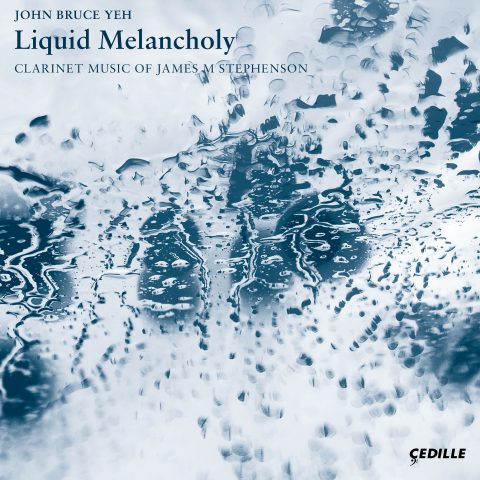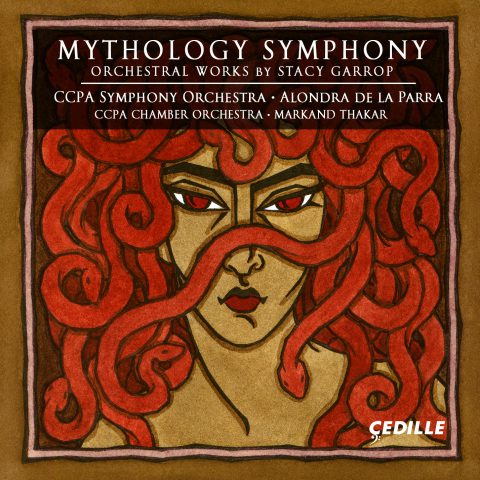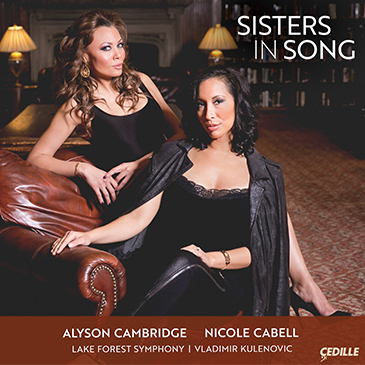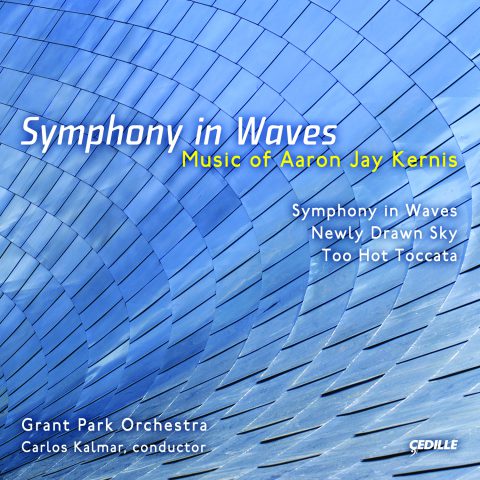Store
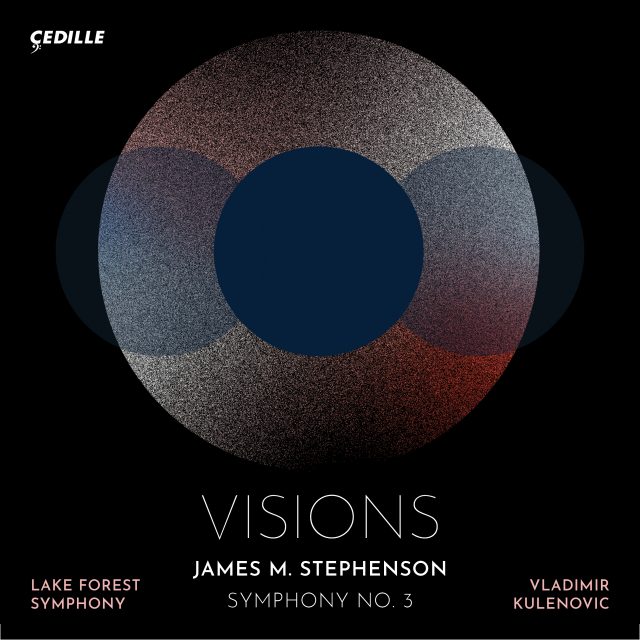
Celebrated Chicago composer James M. Stephenson’s Symphony No. 3 is classical in nature. The work’s opening E-minor 7th chord is central to the piece, both harmonically and structurally, as is the opening flute duet. These materials are constantly in the pages of the work, whether hidden or most obvious. The four movements are laid out in B minor, E major, G major, and D major, spelling out the notes in the opening chord (although not in order). The ideas in the symphony, always reworked and revisited, appear in many guises, ranging from soaring and heroic, to quirky and fugal, to lush and sentimental, to intimate and lonely, to grand and triumphant. Particularly evocative and unusual is the use of three saxophones in the central section of the third movement. The piece was composed for the sheer enjoyment of the players on stage, the conductor, and the audience in the hall. The composer’s goal was to write music that he could envision bringing colleagues, patrons, and conductors to the edge of their seats, eager to play and experience.
Commissioned by the University of Miami Frost School of Music.
This project is generously supported by Bob & Mimi Murley, Mike & Robin Zafirovski, and the donors of the Lake Forest Symphony.
Preview Excerpts
James M. Stephenson
Symphony No. 3, "Visions"
Artists
1: Lake Forest Symphony; Vladimir Kulenovic (conductor)
Program Notes
Download Album BookletVisions
Notes by James M. Stephenson
In summer 2017, while in residence at the Cabrillo Festival of Contemporary Music, I got the opportunity to know Thom Sleeper, who was then the conductor of the University of Miami Frost School of Music Symphony Orchestra. I had always known and admired Thom as a composer, and this opportunity to spend some time together provided a chance to “talk shop” about composing, which was something I truly enjoyed. It wasn’t long thereafter that I made a bold move and wrote to Thom, telling him that I felt I had a “major work” in me, and that I would love it if I could write it for him. Much to my delight, he put the wheels in motion and eventually had me engaged to write what would become my Third Symphony. One thing had changed in the intervening months however: that he would be retiring and that the job of conducting it would fall to Alexander Magalong as part of his (Alexander’s) doctoral dissertation.
The subtitle of “Visions” actually came to me in a rather humorous way. About one-quarter way through composing the piece, I found myself constantly getting really tired during my workday. I was reminded to wear my glasses, however, and discovered that I suddenly had boundless energy, as I now wasn’t straining to see the score, and the ideas really started flowing. That being said, the true reason for the subtitle lies in what I think about while composing, most especially while writing this monumental work.
When I was a young trumpeter, I would frequently get together with friends to play through our favorite musical excerpts; that is, those passages in the repertoire which had become staple yardsticks by which to measure our technical and musical growth.
At first these were very difficult, but over the years they would become fun and a great source of camaraderie. Later on in my professional life, I would sense the music that would get me and all of my colleagues excited about a concert. You could feel it on stage. One could also see it on a conductor’s face and get a sense of what music would really energize an audience.
While writing this piece, all of these memories, these “visions,” were what I kept in the forefront of my mind. This piece is composed entirely for the players on stage, the conductor, and the audience in the hall. I would literally close my eyes and imagine myself sitting there, in the performance space. I would then only write music that I could envision getting colleagues, patrons, conductors, and young versions of myself at the edge of their seats, eager to play and experience.
Formally, the work is rather classical in nature. This is on purpose. I wanted to see if I could explore and make valid comment on the four-movement symphony in its most usual form. The opening E-minor 7th (Em7) chord becomes crucial, both harmonically and structurally, as does the opening flute duet. These materials are constantly in the pages of the work, whether hidden or most obvious. The four movements are laid out accordingly, in B minor, E major, G major, and finally, D major, spelling out the notes in the opening chord, although not in order. The ideas in the symphony, always reworked and revisited, appear in many guises, ranging from soaring and heroic, to quirky and fugal, to lush and sentimental, to intimate and lonely, to grand and triumphant. I also really made an effort to ensure that everyone in the orchestra would get something to do.
Again, a most sincere thank you to Thom Sleeper for allowing me to explore this vision, in almost the grandest of forms. To date, this is my largest work, and I am excited to share it with the world.
I couldn’t have done this recording without the support of my friends and colleagues in the Lake Forest Symphony, including Music Director Vladimir Kulenovic. The orchestra played a lot of my music over my ten years as Composer-in-Residence, and it is gratifying to have our collaborations culminate with such a large-scale work on record. I am also grateful to the team at Cedille Records, whose focused energies toward music in Chicago have resulted in numerous landmark and lauded recordings. I can’t give enough thanks to tireless producer Jim Ginsburg, sound engineers Bill Maylone and Mary Mazurek, and the entire Cedille family for their constant professional and friendly working relationship throughout the artistic process.
Album Details
Producer James Ginsburg
Engineers Bill Maylone, Mary Mazurek
Mixing and Mastering Bill Maylone
Recorded
October 28–29, 2019
James Lumber Center for the Performing Arts
College of Lake County, Grayslake, Illinois
Cover Art and Graphic Design
Madeleine Richter
Publishers
©2019 Stephenson Music, Inc.
© 2022 Cedille Records
CDR 3014
